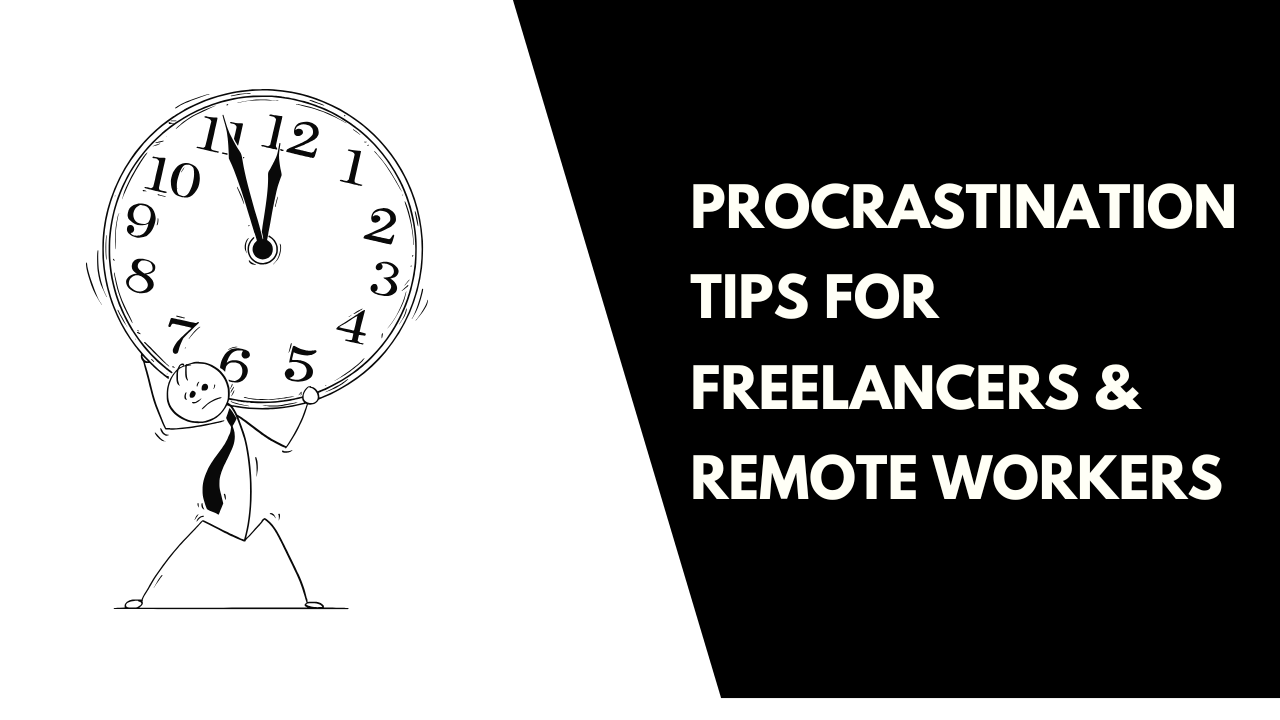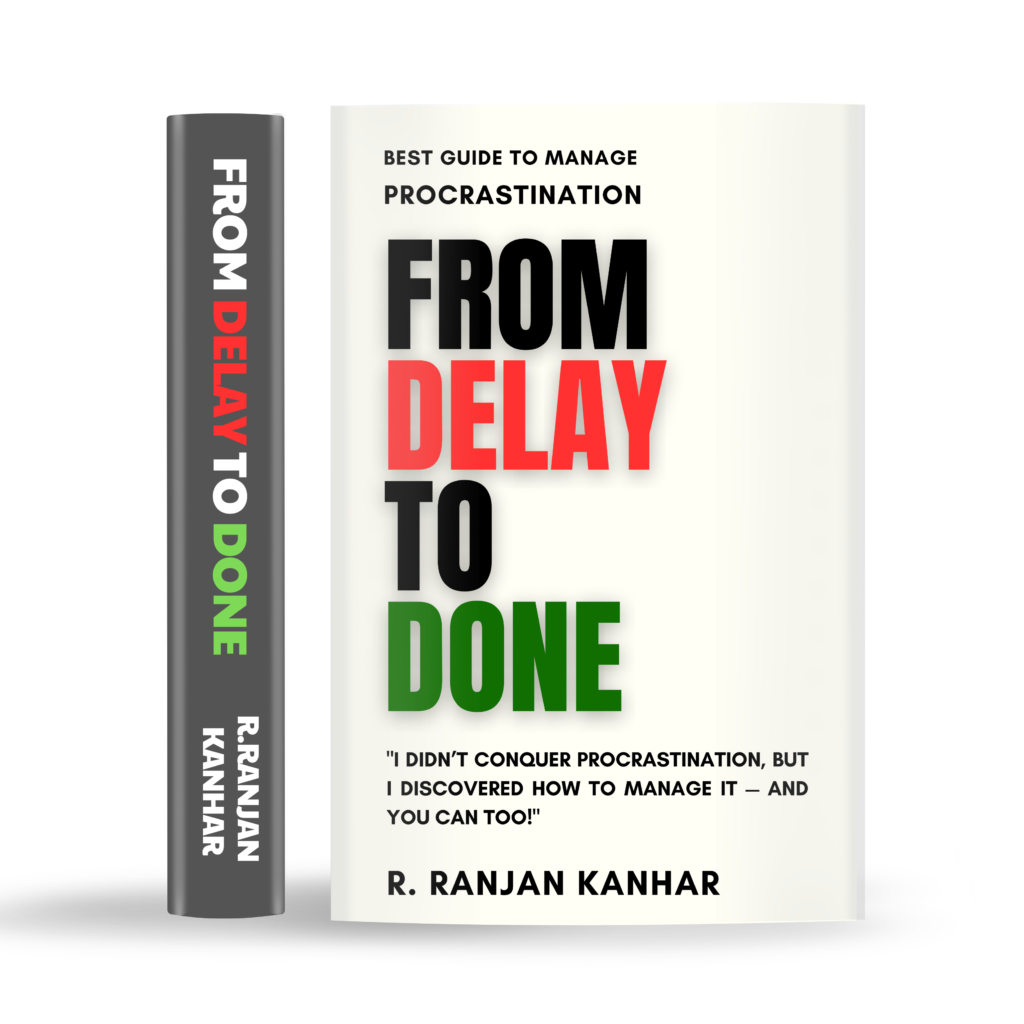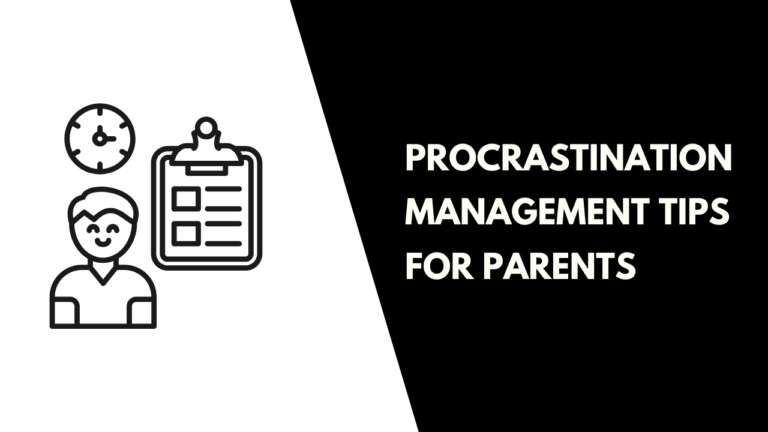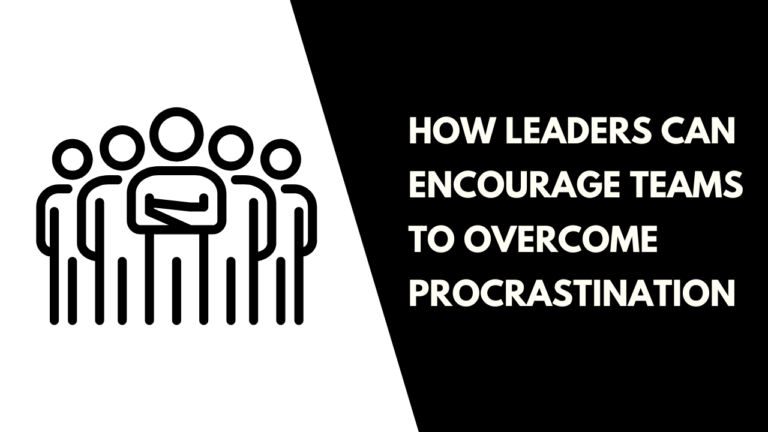Procrastination Tips for Freelancers and Remote Workers
Procrastination Tips for Freelancers & Remote Workers
Working remotely or freelancing offers freedom and flexibility, but it also comes with a sneaky companion—procrastination. Without the structure of a traditional workplace, it’s easy to lose track of time or put off tasks until the last minute. This blog dives into actionable procrastination tips for freelancers and remote workers to stay productive and maintain balance.
Table of Contents
ToggleWhy Do Freelancers and Remote Workers Struggle with Procrastination?
Freelancers and remote workers often work in environments lacking supervision, clear schedules, or immediate consequences for delays. This freedom can lead to overconfidence in time management, creating a procrastination trap.
Here’s a relatable example:
Imagine a freelance writer named Priya who starts her day intending to complete three articles. She thinks, “I have the whole day ahead, no rush!” She spends her morning scrolling through social media and catching up on Netflix. By evening, deadlines loom, and panic sets in. The result? Mediocre work and stress.
Understanding the causes is the first step to tackling procrastination.
Procrastination Tips for Freelancers & Remote Workers
1. Set a Dedicated Workspace
When your bed doubles as your office, your brain struggles to differentiate between work and relaxation.
Actionable Tip: Create a dedicated workspace, even if it’s just a corner with a desk and chair. Ensure it’s tidy, well-lit, and free from distractions.
Example: A remote graphic designer, Raj, found his productivity skyrocketed when he shifted from working on the couch to a desk setup with minimal distractions.
2. Stick to a Routine
Flexibility is great, but it can backfire if you lack a routine. A consistent schedule creates accountability and structure.
Actionable Tip: Start your day with a morning ritual—like exercise, reading, or planning your tasks. Use time-blocking to allocate hours for specific activities.
Example: Maria, a digital marketer, dedicates her mornings to deep work by blocking 9 AM to 12 PM for content creation. She uses afternoons for meetings and emails, ensuring steady productivity.
3. Use the Pomodoro Technique
Long hours of work can feel overwhelming, leading to avoidance. Breaking tasks into short, focused intervals can help.
Actionable Tip: Work for 25 minutes, then take a 5-minute break. After 4 sessions, enjoy a longer 20-30 minute break.
Example: Freelance coder Vivek finishes complex coding tasks efficiently using the Pomodoro Technique, reducing burnout and improving focus.
4. Prioritize Tasks with the Eisenhower Matrix
Freelancers often juggle multiple responsibilities, making it hard to focus on what’s truly important.
Actionable Tip: Use the Eisenhower Matrix to categorize tasks into:
- Urgent & Important
- Not Urgent but Important
- Urgent but Not Important
- Neither Urgent nor Important
Example: Sarah, a remote virtual assistant, uses this method to prioritize client deliverables over less critical tasks like organizing emails.
5. Eliminate Distractions
Distractions like social media or household chores can derail your focus.
Actionable Tip: Turn off notifications, use website blockers, or designate “do not disturb” hours.
Example: Samir, a freelance writer, keeps his phone in another room while working and uses apps like Freedom to block distracting websites.
6. Break Big Tasks into Smaller Steps
Overwhelming tasks often lead to procrastination. Breaking them down makes them manageable.
Actionable Tip: Divide your project into smaller, actionable steps and tackle them one at a time.
Example: An illustrator named Kavita turned a daunting 50-page eBook design project into daily goals of completing 2-3 pages, making the process smoother.
7. Leverage Accountability
When you’re your own boss, it’s easy to let things slide. Accountability can keep you on track.
Actionable Tip: Share your goals with a friend or join a coworking group. Regular check-ins provide motivation.
Example: Freelance web developer Arjun shares his weekly to-do list with a peer. Knowing someone will check on him motivates him to stick to his deadlines.
8. Celebrate Small Wins
When you work alone, it’s easy to overlook achievements. Celebrating milestones boosts morale and keeps procrastination at bay.
Actionable Tip: Reward yourself after completing tasks—like enjoying a snack, a walk, or an episode of your favorite show.
Example: Neha, a content creator, treats herself to her favorite coffee after finishing her daily video edits, keeping her motivated.
9. Practice Self-Compassion
Procrastination often stems from fear of failure or perfectionism. Being kind to yourself can break this cycle.
Actionable Tip: Acknowledge your feelings without judgment and focus on progress, not perfection.
Example: Rahul, a remote software engineer, learned to forgive himself for delays, which helped him return to work with renewed focus.
10. Use Technology to Stay Organized
Productivity tools can streamline your work process and reduce procrastination.
Actionable Tip: Use apps like Trello for task management, Clockify for time tracking, or Notion for planning.
Example: Anjali, a freelance editor, uses Asana to track her client projects, ensuring no deadlines are missed.
11. Set Realistic Deadlines
Flexible work schedules can lead to overpromising and underdelivering.
Actionable Tip: Estimate how long a task will realistically take and pad in extra time for unexpected delays.
Example: Photographer Akash sets deadlines a day earlier than the actual delivery date to allow time for edits or last-minute issues.
12. Take Care of Your Health
Physical and mental health directly impact productivity.
Actionable Tip: Incorporate regular exercise, a balanced diet, and adequate sleep into your routine.
Example: Freelancer Tanya realized that daily yoga and an evening walk helped her stay energized and focused throughout the day.
13. Set Boundaries
Blurred lines between work and personal life can fuel procrastination.
Actionable Tip: Clearly define your work hours and communicate them to clients, family, or housemates.
Example: Graphic designer Alok uses an “office hours” sign on his door to signal when he’s unavailable, minimizing interruptions.
14. Reflect and Adjust
Procrastination often provides clues about underlying issues, like burnout or unrealistic expectations.
Actionable Tip: Regularly assess your work habits and adjust as needed.
Example: Remote consultant Rhea realized she was procrastinating on client reports because of burnout. Taking a short break helped her return with fresh energy.
Final Thoughts
Procrastination is a common challenge for freelancers and remote workers, but it’s not insurmountable. By setting up a dedicated workspace, sticking to a routine, and leveraging tools and techniques like the Pomodoro Technique and Eisenhower Matrix, you can reclaim your time and boost productivity.
Remember, progress is more important than perfection. Start with one or two of these procrastination tips for freelancers and remote workers, and gradually build habits that support your goals.
So, what steps will you take today to overcome procrastination? Let us know in the comments below!
“Stop postponing your dreams! From Delay to Done is your ultimate guide to conquering procrastination. Grab your copy today on Amazon!






